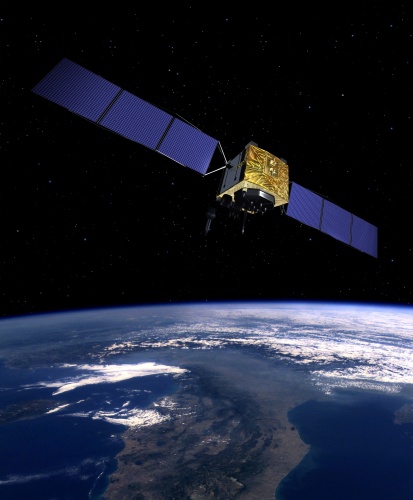Entangled photons boost for uncrackable quantum keys
An international team of researchers believe they have made a breakthrough in the development of quantum-enhanced optical systems that could lead to advances in encryption, communication and measurement.


Led by Matteo Clerici at Glasgow University’s James Watt School of Engineering, the team of researchers from the UK, Japan and Germany are said to have demonstrated a new method of generating and detecting quantum-entangled photons at a wavelength of 2.1μm. Their results are published in Science Advances.
UK’s quantum innovations outlined in new report
The unique, non-classical properties of entangled photons are used in applications including quantum key distribution, which makes uncrackable communications between two parties possible.
According to Glasgow University, methods of entangling photons at shorter wavelengths of between 700 and 1550nm are well-established, but those wavelengths are vulnerable to interference from sunlight when transmitted over open air. This makes them difficult to use in applications including secure satellite-to-ground and satellite-to-satellite communications.
The Glasgow-led team’s new method of generating entangled photons further into the infrared at two micrometres wavelength could help overcome these problems for the first time.
Register now to continue reading
Thanks for visiting The Engineer. You’ve now reached your monthly limit of news stories. Register for free to unlock unlimited access to all of our news coverage, as well as premium content including opinion, in-depth features and special reports.
Benefits of registering
-
In-depth insights and coverage of key emerging trends
-
Unrestricted access to special reports throughout the year
-
Daily technology news delivered straight to your inbox










National Gas receives funding to develop Gravitricity underground hydrogen storage system
One single rock salt mine - Winsford - has 23 <i>MILLION </i>cubic metres of void and even allowing for 10% of that void set aside for hazardous waste...